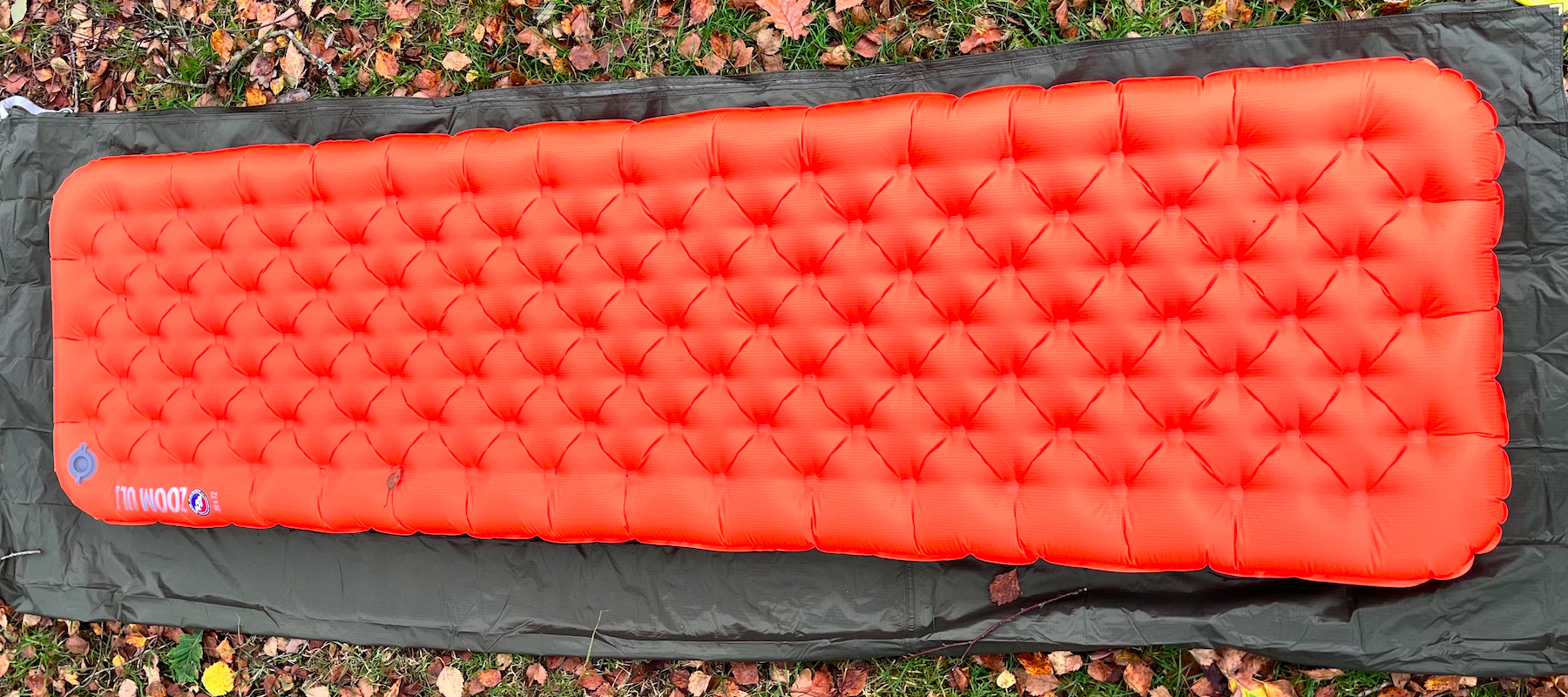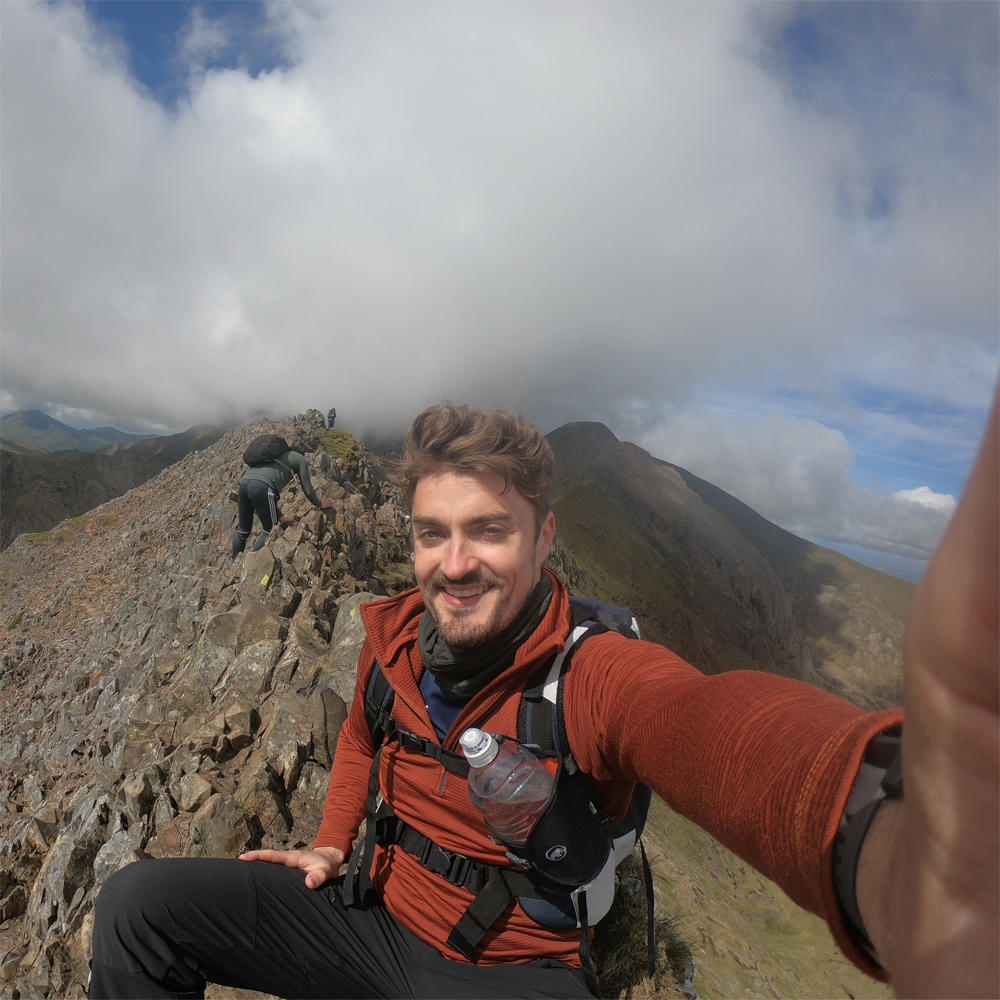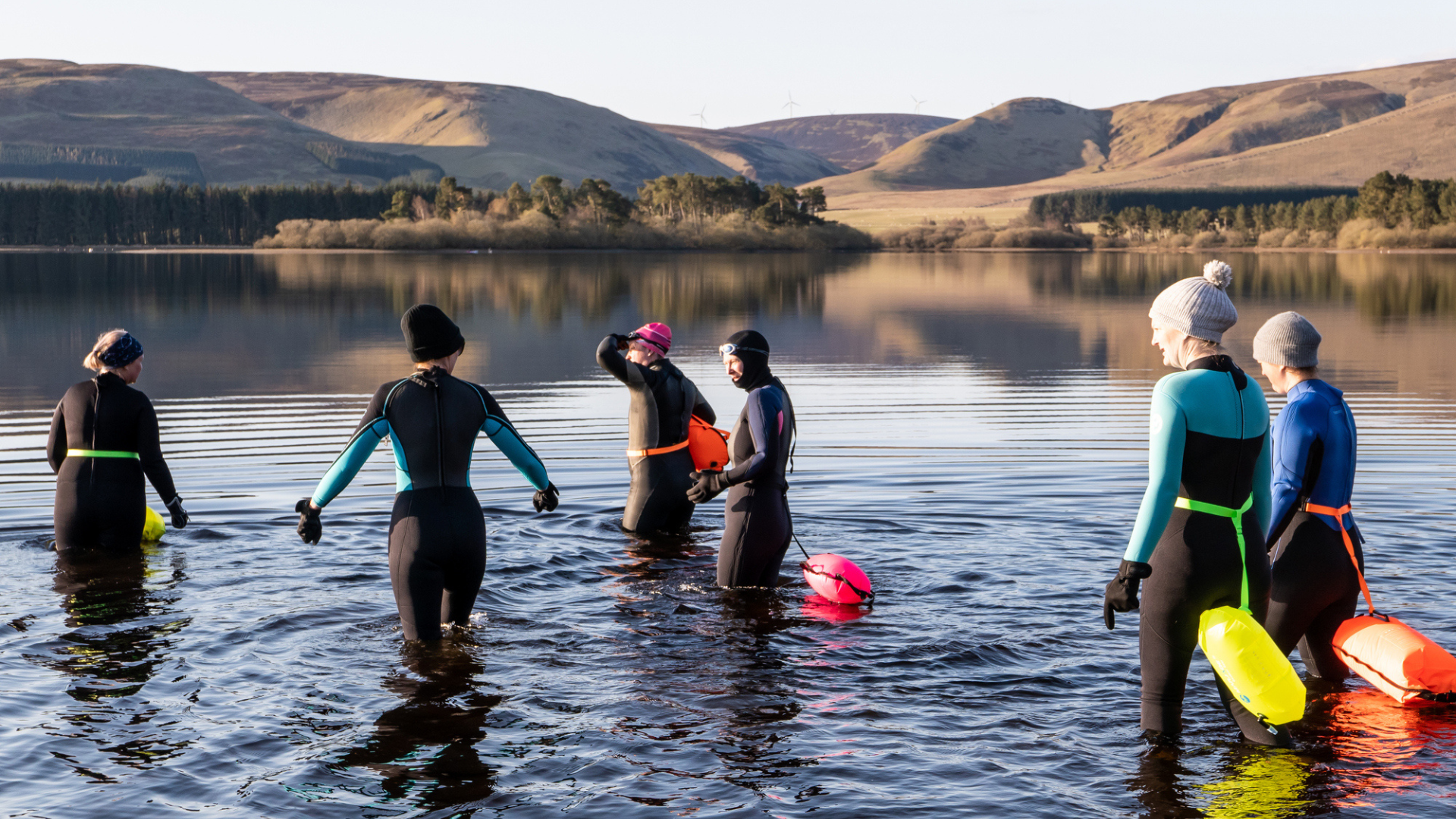Advnture Verdict
The Big Agnes Zoom UL Insulated sleeping pad is one of the comfiest, smallest and lightest sleeping pads I’ve ever tested – all while promising to keep you warm in temperatures down to freezing.
Pros
- +
Very comfortable
- +
High-quality construction
- +
Side baffles keep you on the pad
- +
Tiny pack size
- +
Very lightweight
Cons
- -
Fairly expensive
You can trust Advnture
Big Agnes Zoom UL Insulated: first impressions
The Big Agnes Zoom UL Insulated is a strikingly orange, chunky yet lightweight, inflatable sleeping pad. With a 4.3 R-value, it’s designed to keep you warm and comfortable down to temperatures around freezing while being small and lightweight enough to take on any type of adventure. The pad comes with an inflation sack that allows you to blow up the Zoom UL moisture-free (perfect for avoiding mold building up in the pad and from frost developing inside when camping at freezing temperatures), a small repair pack with a handful of patches and a handy little carry sack.
• List price: $180 (US) / £150 (UK)
• Weight: 397g / 14 oz - 510g / 18 oz
• Length: 182cm / 72in, 198cm / 78in
• Width: 51cm / 20in, 64cm / 25in
• R-value: 4.3
• Compatability: Backpacking, trekking, three-season camping, bikepacking, fastpacking
The most impressive thing about the Zoom UL Insulated has to be its weight, though. The smaller-sized pad, which, at 51cm x 182cm (20in x 72in) is plenty big enough for most people, weighs only 397g (14oz) – putting it in the same ballpark as some of the big-name UL sleeping pads, such as the Therm-a-Rest NeoAir XLite. Whereas most ultralight pads shave off the last few grams by rounding out the corners of their pads, however, the Zoom UL hasn’t compromised on comfort in any way: the rectangular shape of the pad is great for side, back and front sleepers, the ultra-thick baffles prevent you from rolling off it in the night, and the pad is a luxurious half-an-inch thicker than similar offerings from Therm-a-Rest.
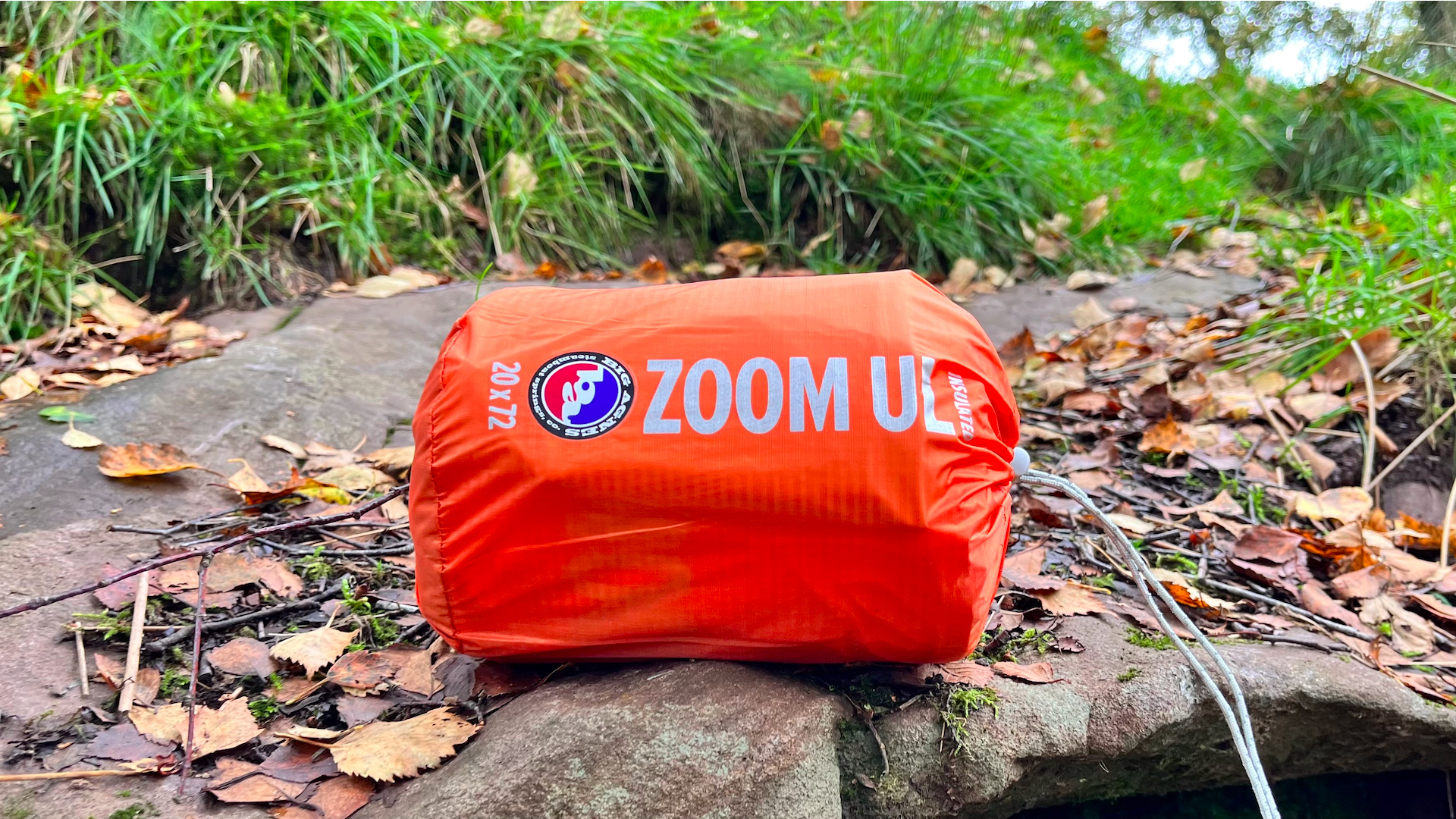
Additionally, with an R-value of 4.3, the Zoom UL will comfortably see you into winter. The pad promises to keep you warm down to at least freezing, and while tons of factors affect this (such as the rest of your sleeping system), I’d comfortably use this year round in the UK.
Coming in at $180 (£150) when bought directly from Big Agnes, the pad is also very competitively priced. Sure, you could buy a budget pad for a fraction of the cost, but you won’t get the impressive insulation offered by the Zoom UL. Or you’ll end up with a warm pad that’s not as easy to carry as the Zoom UL. Therefore, when you compare all factors, I actually think the Big Agnes Zoom UL is very reasonably priced – and I’d happily buy this over other pads at a similar price point, such as the Therm-a-Rest NeoAir Uberlite.
Big Agnes Zoom UL Insulated: in the field
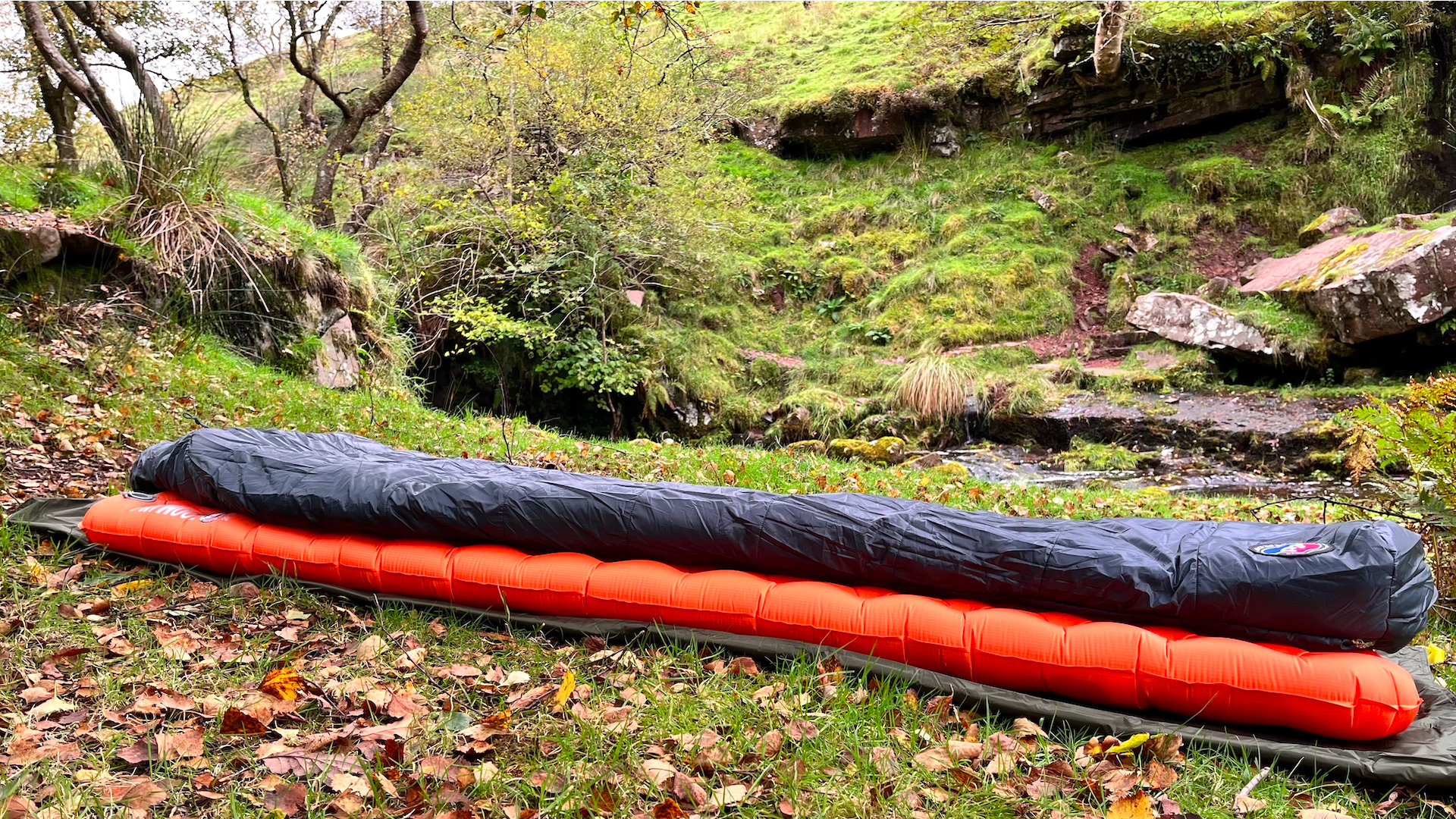
To test the Zoom UL, I took the pad out on two hiking trips truncated by singular overnighters in Bannau Brycheiniog (née the Brecon Beacons), as well as a fastpacking trip through the Chiltern Hills on a chilly October’s evening. And I absolutely loved it every time. Its wide rectangular shape makes it easily the most comfortable pad I’ve ever slept on, and while it might not be as lightweight as equivalent models from Therm-a-Rest, I feel like I slept much better than I’m used to – which made me perfectly happy to swallow the 30g weight penalty.
What’s more, despite sounding like a scrunched-up carrier bag when it’s in its carry sack, the Zoom UL doesn’t make a peep when it’s inflated. Seriously, you can toss and turn around on this thing without it making as much as a squeak, which was another nice surprise having previously only been familiar with UL pads from Therm-a-Rest (which can be notoriously loud, like sleeping on a mound of crisp packets).
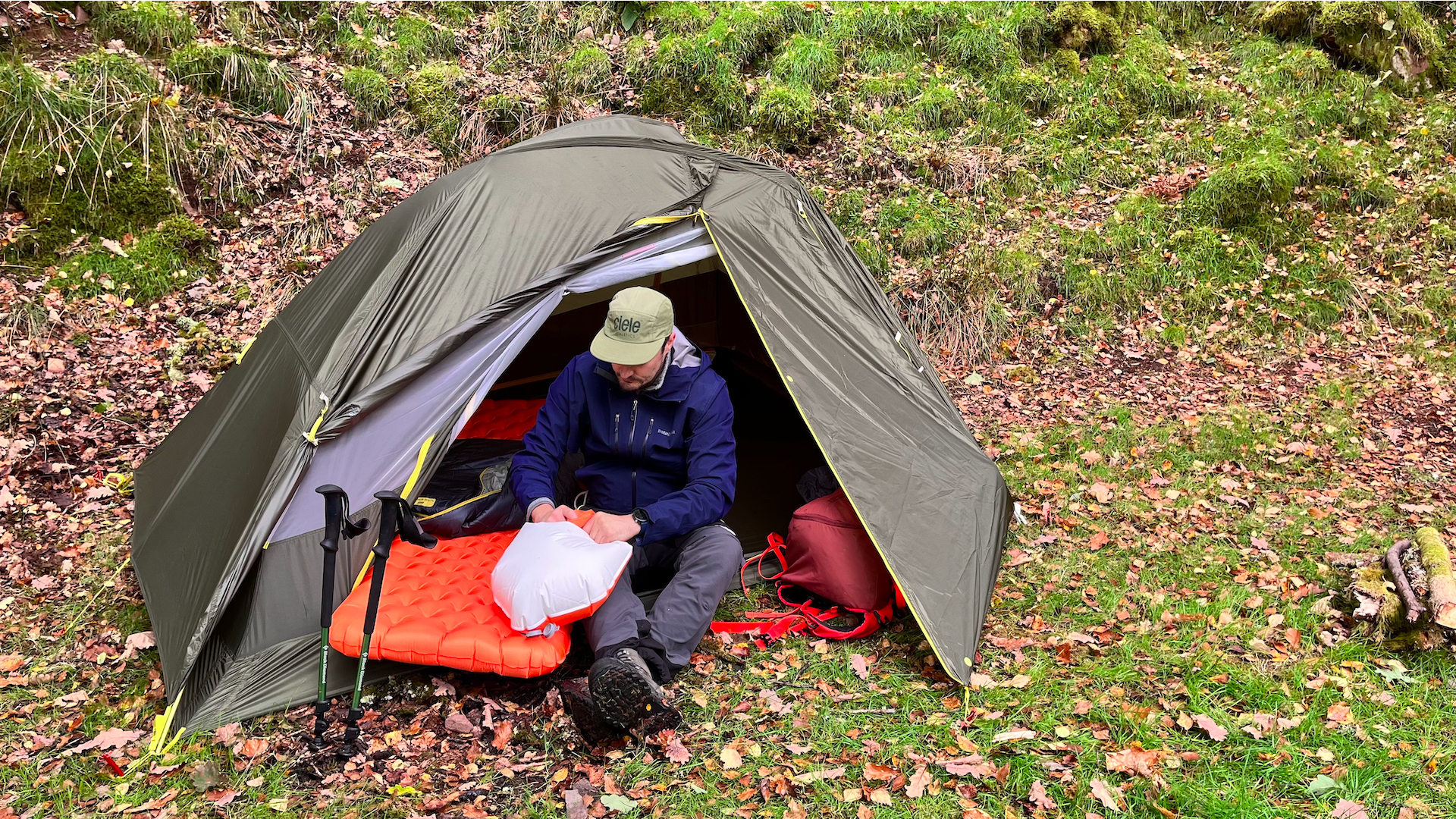
When sleeping on the Zoom UL, I used two different bags: one was the Big Agnes Anthracite, and the other was the Sea to Summit Spark. As the shell of the Sea to Summit is manufactured from ultralight 20D nylon, the bag felt noticeably slippier than the polyester material of the Anthracite bag. Luckily for me, as I was camped on flat ground, it didn’t matter either way, but I could see that this could be a cause for frustration through the night were I to sleep on the Zoom UL in a nylon sleeping bag on anything other than completely level ground.
Finally, deflating the pad and putting it away is simple, as long as you’re more observant than me, anyway. The first time I tried this, I held my finger in the nozzle to keep the valve from closing, which left me questioning why Big Agnes would leave such an obvious design flaw. But the fault was mine: the cap that covers the valve comes with a latch that you can insert to hold it open while deflating (with the instructions scrawled onto the cap itself). Although it took me a little while to work it out, it makes the process of deflating super simple, and the pad simply folds in on itself ready to be rolled up and put back into its stuff sack.
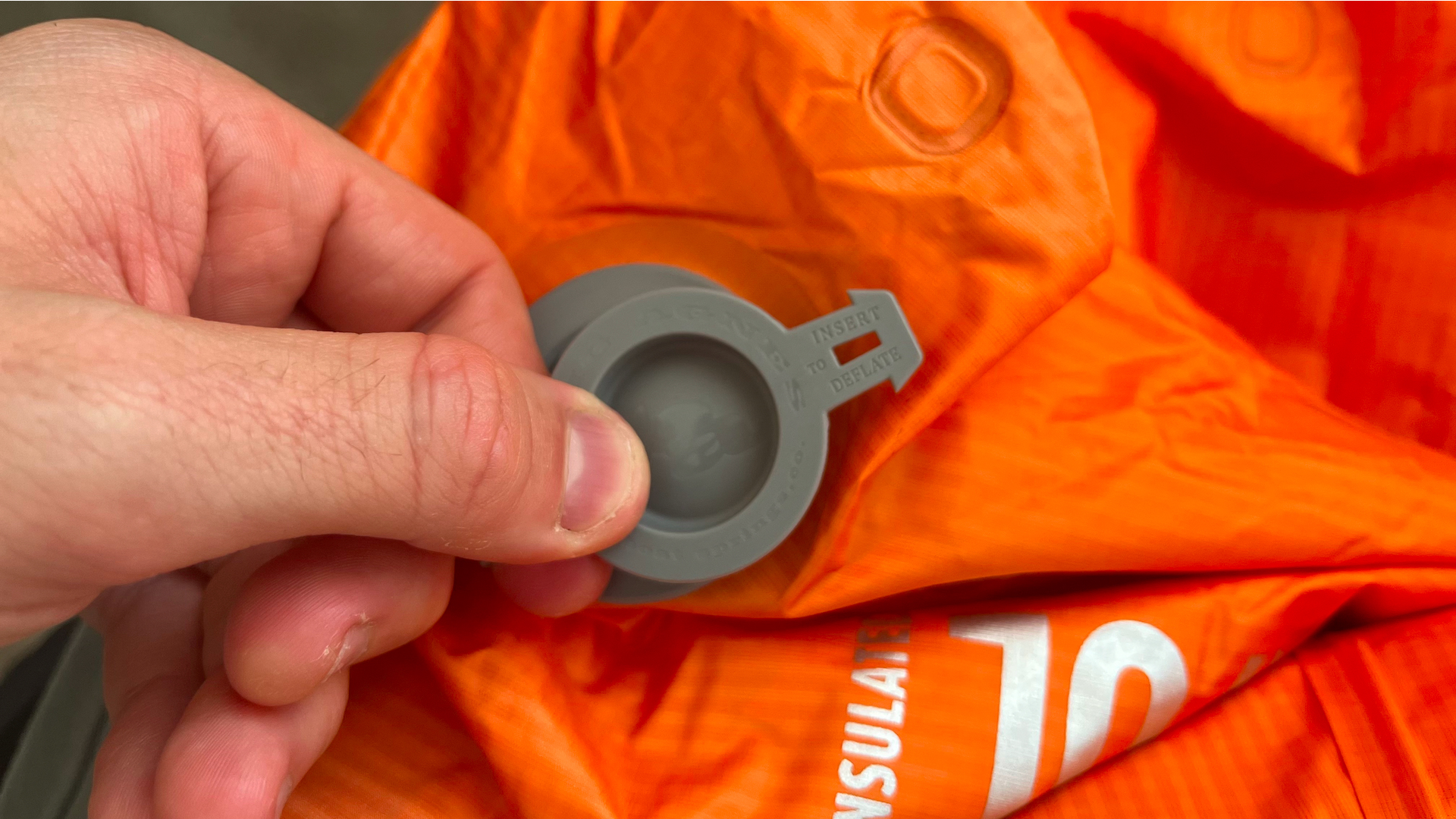
Durability
The Big Agnes Zoom UL is manufactured from ripstop nylon, which makes it reasonably durable. As with any ultralight sleeping pad, however, you need to be very careful what you do with it. If you’re sleeping in an ultralight tent, I’d recommend using a groundsheet to provide some additional protection – or at the very least that you clear the ground of sticks, stones and any other sharp material beforehand.
Growing up just south of the glorious Brecon Beacons National Park, Craig spent his childhood walking uphill. As he got older, the hills got bigger, and his passion for spending quality time in the great outdoors only grew - falling in love with wild camping, long-distance hiking, bikepacking and fastpacking. Having recently returned to the UK after almost a decade in Germany, he now focuses on regular micro-adventures in nearby Snowdonia and the Brecon Beacons, as well as frequent trips to the Alps and beyond. You can follow his adventures over on komoot.
